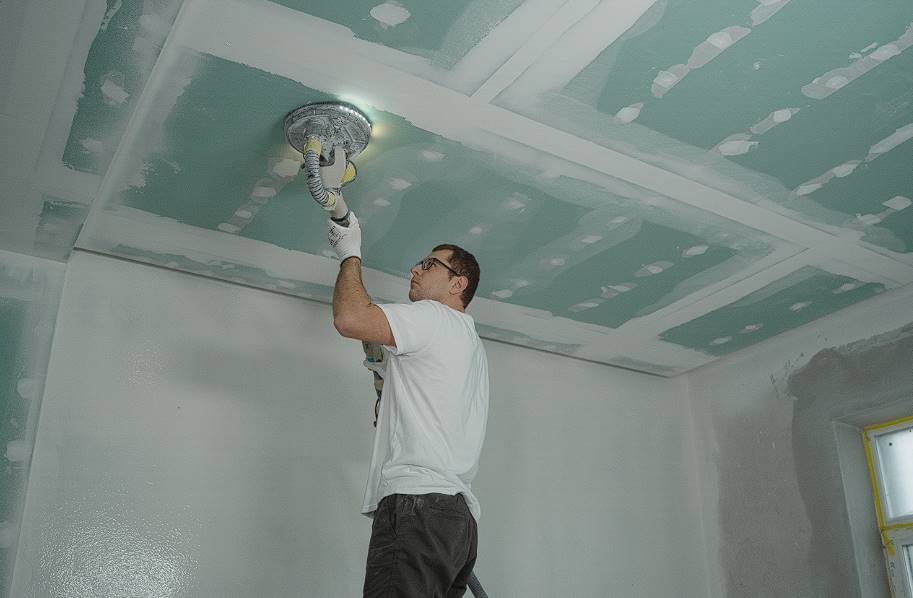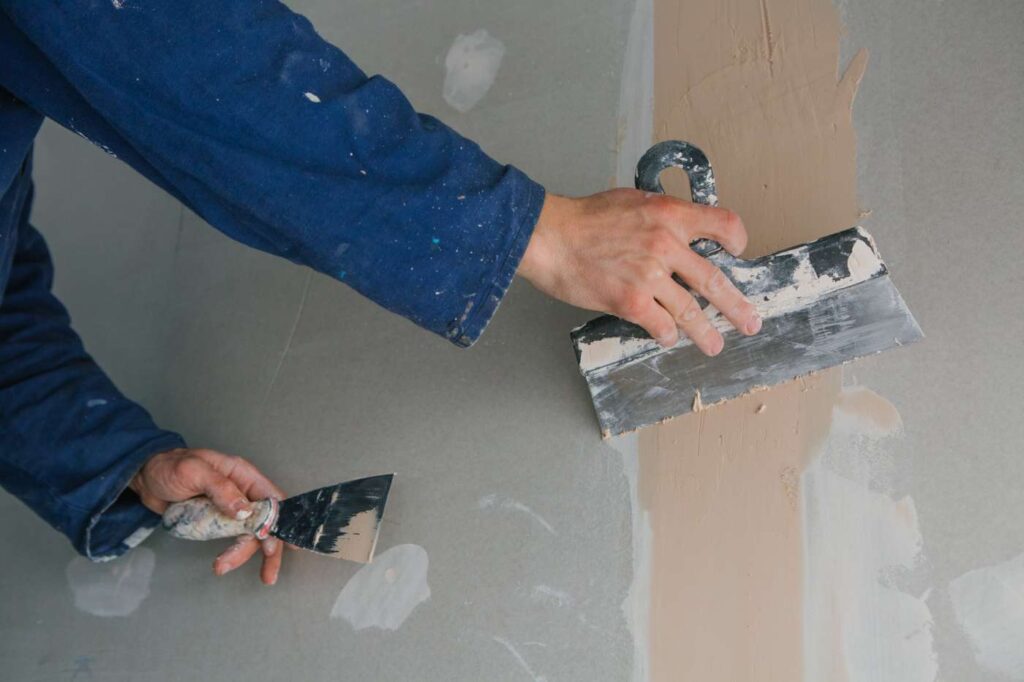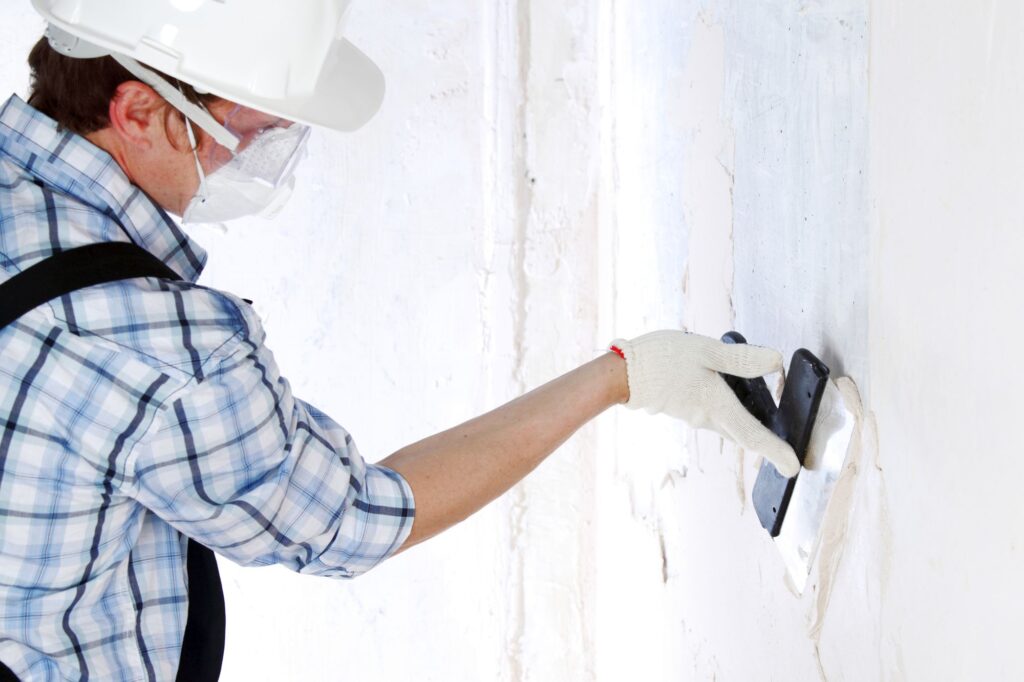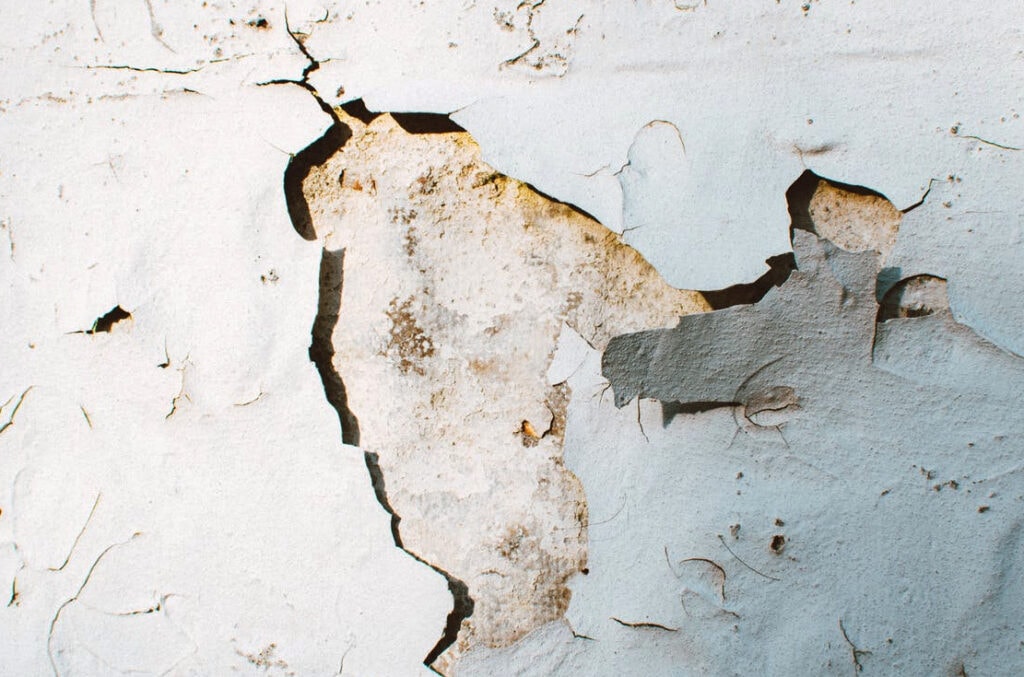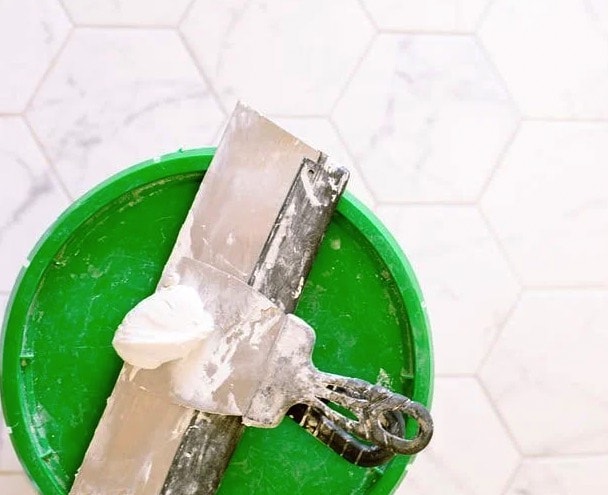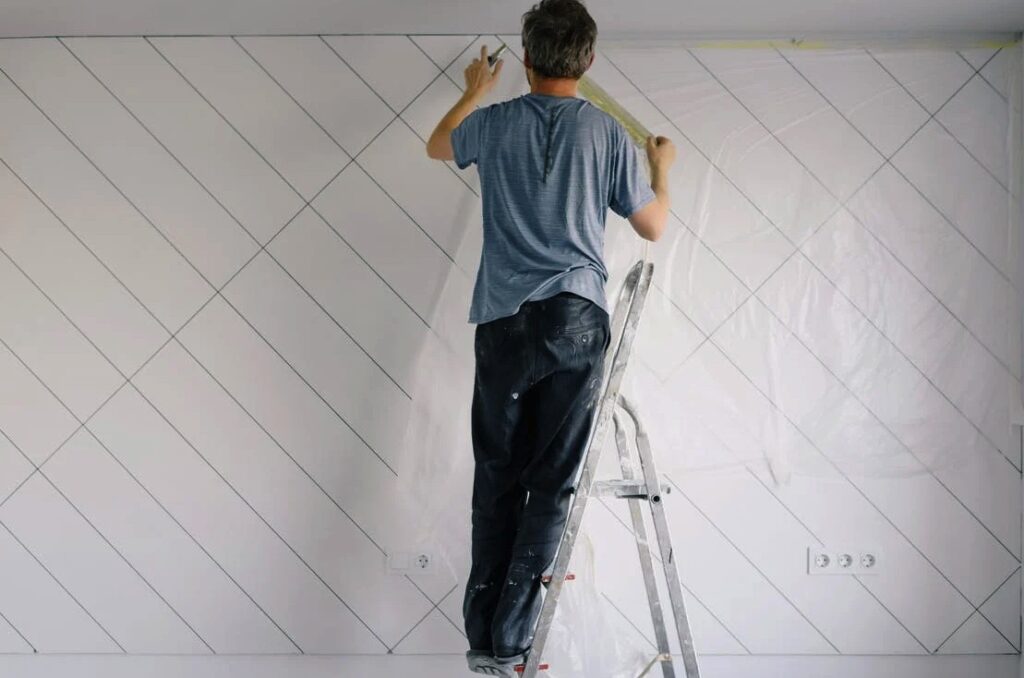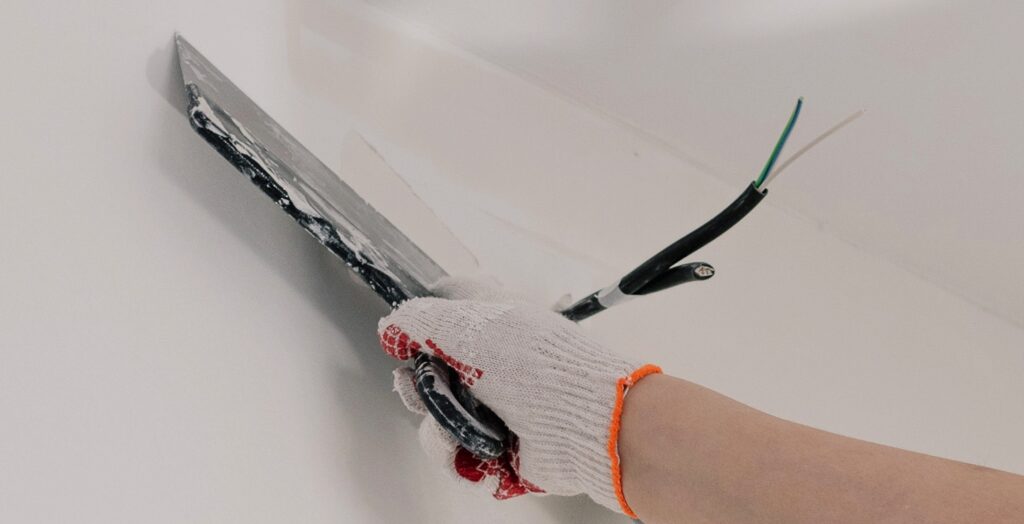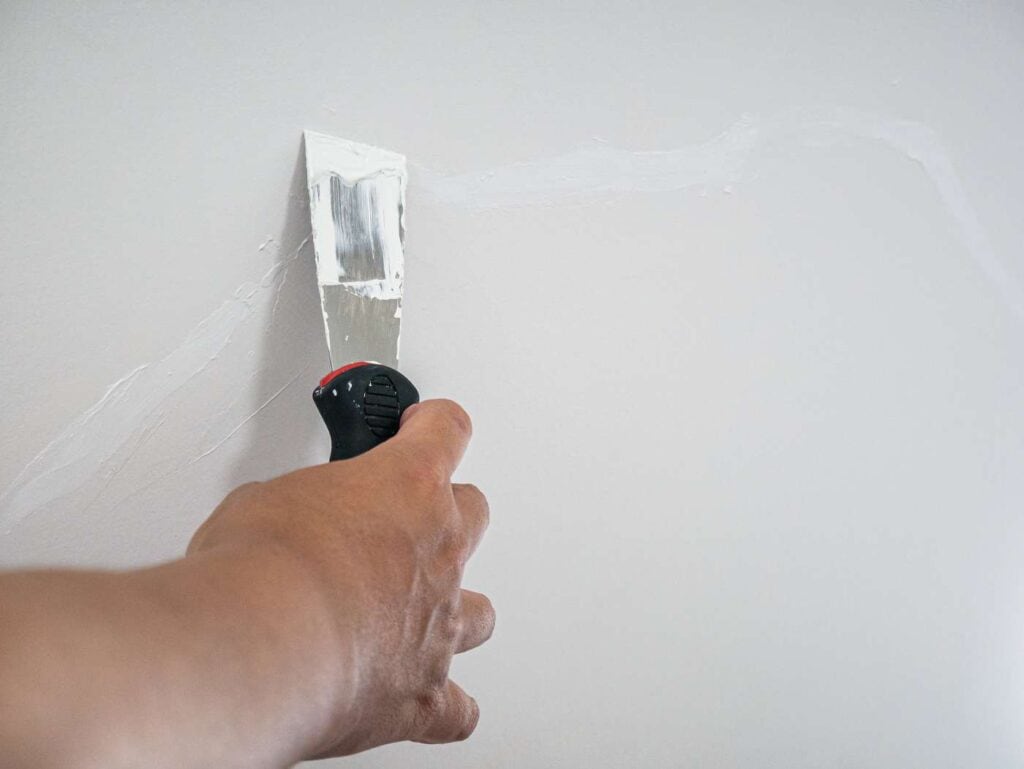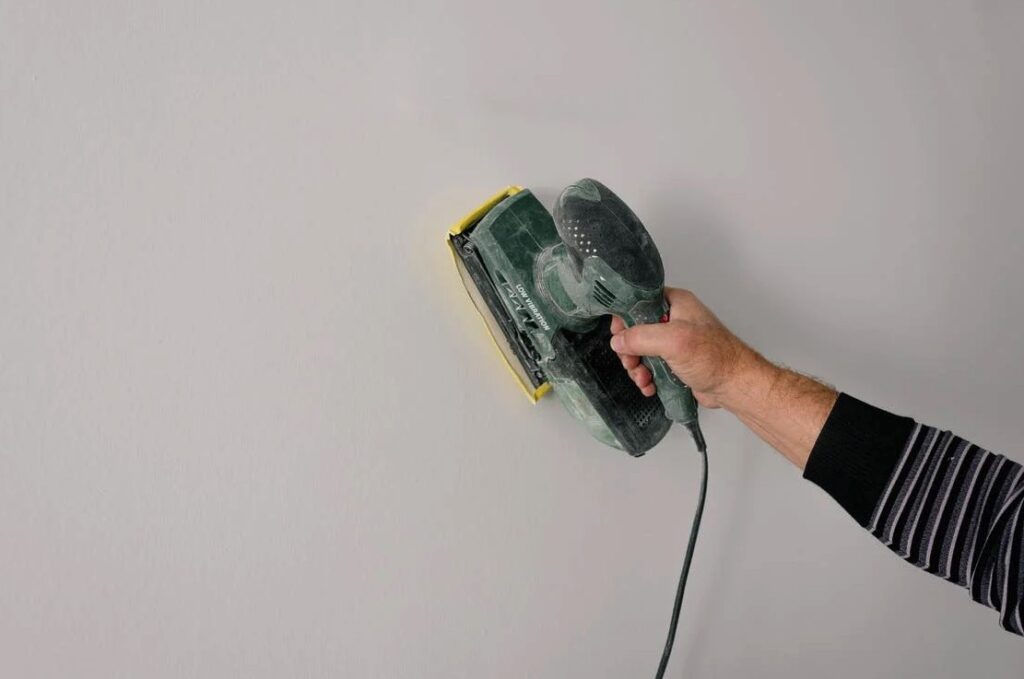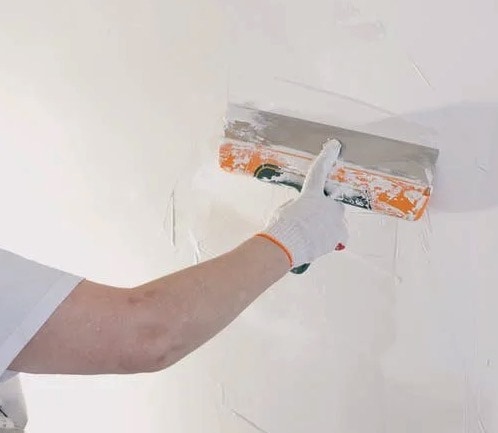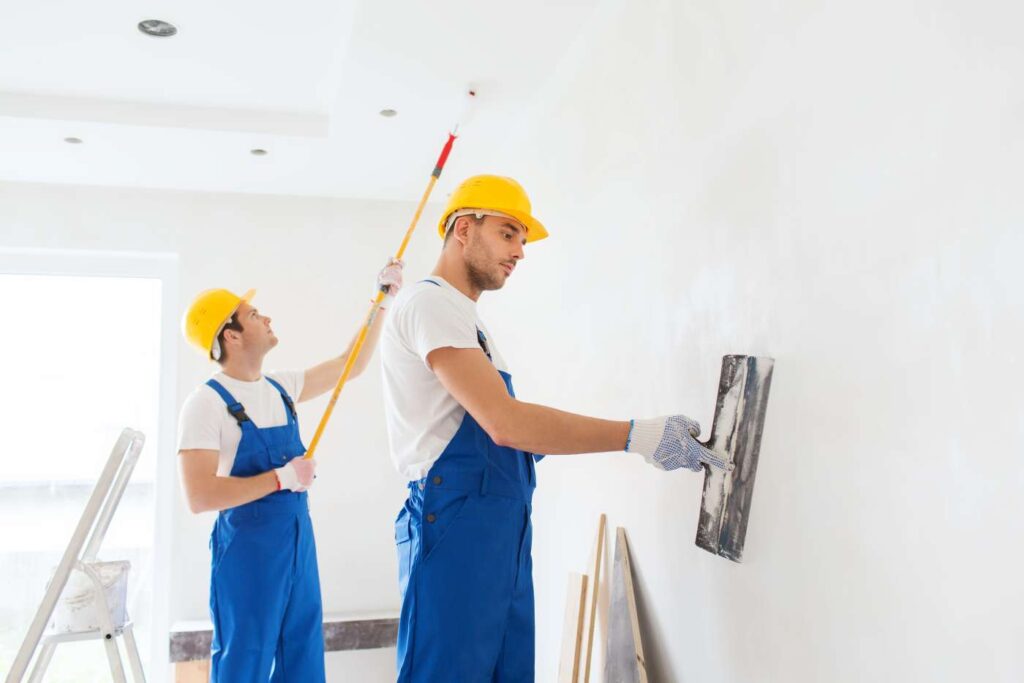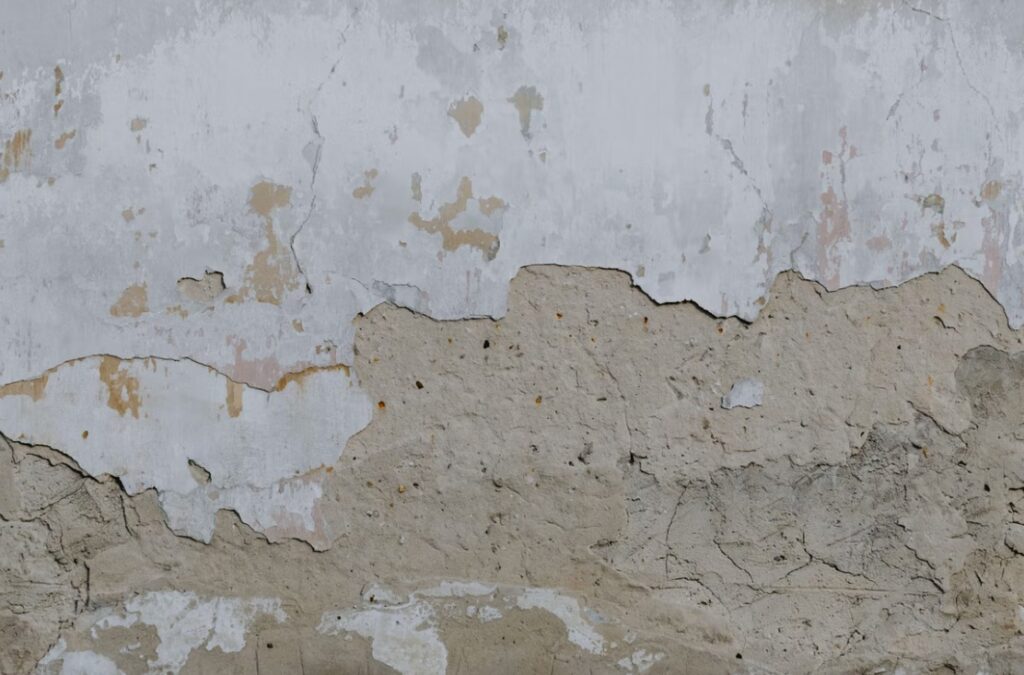A room's ceiling is an often-overlooked yet vital component, both in terms of aesthetics and structural stability. Daubing a ceiling seems to be a tried-and-true method that has been used for centuries because of the many ways in which it improves the aesthetics and practicality of a building's interior.
Plastering the ceiling has been done since it is an excellent way to cover up faults and give a room a finished look.
Plastering a ceiling can produce a neat and aesthetically pleasing finish, one of its key advantages. The uniformity and smoothness of the surface create an inviting atmosphere and give the impression of more space and cleanliness.
Plastering also protects the ceiling from cracks, water damage, and other forms of wear and tear, extending its useful life. Plastered ceilings also have better insulation capabilities, allowing for more precise temperature control and less energy use.
This essay will explore the many benefits of ceiling plastering, explaining why this ancient practice is still useful in contemporary interior design and building.
The Significance Of A Well Plastered Ceiling
The ceiling is frequently disregarded as an important design component. Although aesthetic value is important, there are many practical advantages to having a properly plastered ceiling.
Whether remodelling or building from the ground up, a well-plastered ceiling can be a worthwhile investment. This article will discuss the importance of a properly plastered ceiling and how it can improve one's quality of life.
- Aesthetic Appeal: The visual appeal of a room is greatly enhanced by a ceiling that has been properly plastered. Plastered ceilings, in contrast to those with bumps and divots, are uniform in appearance and lend an air of sophistication to any design scheme. The seamless design improves the room's aesthetic by lending it a sense of refined luxury.
- Enhancing Interior Design: The ceiling becomes a blank slate once properly plastered. Homeowners can experiment with various design options, from simple to elaborate, from plain to textured. Homeowners can make their houses a true reflection of their interests and personalities by exercising their creative freedom in interior design.
- Improved Durability and Protection: A well-plastered ceiling serves more than just aesthetic purposes; it also aids in the protection and longevity of the building as a whole. Plaster is a barrier protecting the ceiling underneath from the wear and tear that inevitably occurs over time. It also improves durability by reducing the likelihood of cracks and other damage.
- Resistance to Moisture and Mold: Ceilings that have been properly plastered are less likely to become infested with mould and mildew. This is especially critical in wetter sections of the house, like the kitchen and bathroom. Water cannot penetrate a properly plastered ceiling, protecting the health of building inhabitants from mould growth that could otherwise deteriorate air quality.
- Enhanced Thermal and Acoustic Insulation: Plastering the ceiling can help heat retention and sound absorption. The solid composition of plaster prevents heat loss during the winter and warmth gain during the summer, allowing for more comfortable year-round temperatures indoors. As a bonus, it helps to soundproof the house, making it a more peaceful and pleasant place to live.
- Long-Term Cost Savings: Plastering the ceiling properly is an investment that might pay off in the long run. Plaster's longevity means it won't degrade quickly, so you won't have to fix or replace it as often. A properly plastered ceiling can survive many years with minimal upkeep, saving the homeowner money in the long run.
- Increased Property Value: A properly plastered ceiling might be a major selling point for homeowners who aim to sell their homes shortly. Well-kept and attractive properties tend to attract more interested purchasers. A home with a smooth, plastered ceiling is more appealing to potential buyers and, thus, more valuable.
- Health Benefits: Plastered ceilings may be easily cleaned and maintained, which aids in maintaining a healthy indoor environment. Plaster ceilings are preferable to texture and popcorn ceilings because they reduce the collection of dust and allergens, making the home healthier for everyone, especially those with respiratory sensitivity.
- Eco-Friendly Option: Plastering can be a green alternative if you use materials derived from renewable resources. Homeowners concerned about their impact on the environment might choose plaster products with a low environmental imprint.
The benefits of a properly plastered ceiling extend far beyond just aesthetics. Plastered ceilings play an important part in producing comfortable and visually beautiful living areas because of their increased durability and protection, improved insulation, and potential cost savings. Having a properly plastered ceiling is an investment in your health and the environment's health, and it will pay dividends for years to come.
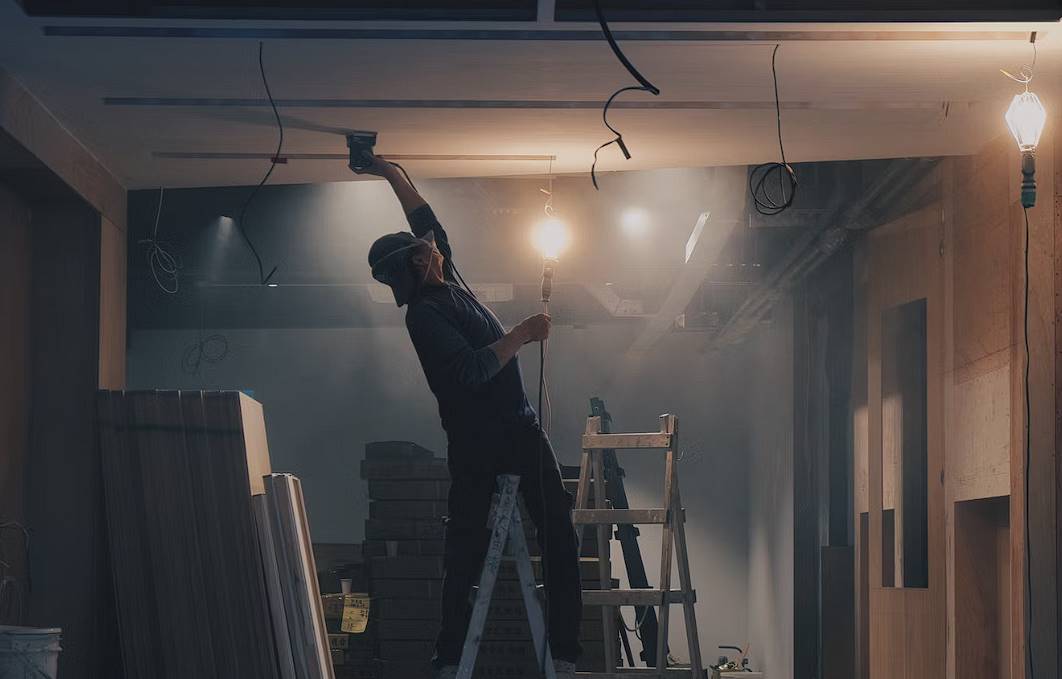
A Well-Plastered Ceiling's Aesthetic Appeal
Every detail matters regarding interior design since it all works together to make the place feel complete and harmonious. The ceiling is one of these often-overlooked but crucial features. A room with a freshly plastered ceiling is instantly more welcoming, sophisticated, and elegant. This article will discuss how a properly plastered ceiling can improve the visual appeal of a room.
Finish That Is Smooth And Seamless
A well-plastered ceiling has the most obvious aesthetic benefit of providing a smooth and seamless finish. Plastered ceilings, instead of textured or rough ones, have a sleek and polished look. Joints and flaws aren't noticeable, making the space look more polished and put together.
Design Flexibility
Plastering a ceiling opens up many design options that can work with different aesthetic preferences. There is a wide variety of plastering techniques & finishes available to homeowners, from a completely smooth surface to one with subtle textures.
They can also increase the ceiling's visual effect by installing decorative components, patterns, or mouldings. Because of this adaptability, homeowners may make the design their own and make it fit in with the aesthetic of the room.
Interior Themes That Compliment
A smooth ceiling that has been properly plastered can be used as a blank slate to accommodate a wide variety of design schemes. A smooth and well-plastered ceiling can look great with any decor, whether contemporary, minimalist, traditional, or eclectic. It sets the stage for the room's other decor, furnishings, and artwork.
Natural Lighting Reflection
Plastered ceilings have the distinct advantage of reflecting more of the ambient light that enters the room. This quality of reflection aids in lighting the room by scattering available illumination across the ceiling. The demand for artificial lighting, when it's daylight, can be reduced in areas with plenty of natural light thanks to a well-plastered ceiling.
Generating A Height Sensation
A room with low ceilings and limited vertical space can feel more spacious if the ceiling is plastered properly. The glossy surface is a clever optical illusion that makes the ceiling seem higher than it is. This effect is particularly useful in cramped quarters, as it creates the illusion of more space than exists.
Elegance And Luxury Are Added.
Plastering the ceiling properly can improve the aesthetic value of a place. The sophisticated and elegant finish makes the entire area feel more welcoming and chic. This aesthetic quality can wow visitors and residents, raising the bar for the entire space.
Simple To Clean And Maintain
The well ceiling is not just aesthetically pleasing but also functional because it is simple to clean and maintain. While dust and filth tend to become trapped in the nooks and crannies of textured ceilings, a smooth-plastered ceiling could be cleaned with a fast wipe and look as good as new for much longer.
The look and feel of a room is greatly enhanced by a ceiling that has been properly plastered. It's an essential part of decor because of its sleek and seamless appearance, adaptability to different designs, and compatibility with different decor styles.
Its importance in designing aesthetically pleasing and fascinating interior spaces is further highlighted by the fact that it may reflect natural light, provide a feeling of height, and add a touch of elegance and luxury.
Durability And Protection: The Advantages Of A Well-Plastered Surface
Although it plays a vital role in providing shelter & support, a ceiling is often overlooked during the building and design process. Plastering a ceiling properly not only makes it look nicer but also makes it stronger and more resistant to damage. In this piece, we'll look at how a properly plastered ceiling can improve a building's durability and security in a variety of ways.
Ceiling Structural Reinforcement
Plastering a ceiling strengthens the ceiling structure, one of the main benefits. Plaster acts as a barrier, distributing loads and stresses uniformly across the ceiling. This fortification prevents the ceiling from cracking or drooping under the weight of the roof and any other weights applied from above.
Crack And Damage Resistance
Wear and tear on ceilings is inevitable owing to environmental factors such as temperature swings, building settlement, and vibrations from foot activity or neighbouring work. Yet, a ceiling that has been properly plastered will be much less likely to show signs of wear and tear. The ceiling's structural integrity is protected by the plaster layer, which acts as a buffer against accidental bumps and stops cracks from spreading.
Moisture And Mould Protection
Ceilings are not immune to the damage that moisture may cause to a building. A properly plastered ceiling is made to be impervious to water. Thus, it can prevent structural damage from that source. Plaster, when put correctly, forms a watertight seal, preventing leaks and the subsequent growth of mould in the ceiling.
Fire Resistance
Plaster's natural resistance to fire makes it a useful material for fireproofing ceilings and, by extension, entire structures. Plaster's ability to contain the fire and restrict its progress buys residents precious time to flee the building in the case of a fire safely. Plastered ceilings are a great addition to any building because they are fireproof.
UV Protection
Plastered ceilings in rooms with skylights or windows can shield people and furniture from harmful UV rays. Plaster acts as a protective barrier against the sun's damaging rays, reducing the light that can fade or discolour the room's furnishings and floors.
Enhancing Soundproofing
The soundproofing properties of a properly plastered ceiling are complementary to their protective ones. Plaster's solid makeup reduces sound vibrations, so less noise is transferred through walls and floors. This is helpful in any building with numerous floors, especially in bedrooms and home offices where silence and peace are paramount.
Environmentally Friendly Alternative
Since plaster is a renewable resource, installing a plastered ceiling might be a green option. Many plasters are manufactured with eco-friendly, renewable resources in mind, minimising their environmental footprint. Plaster's recyclability is a further boon to eco-friendly building methods.
A properly plastered ceiling not only looks nice but also protects the building's framework from the elements.
Plaster provides numerous advantages that help the long-term safety and its well of the residents, including reinforcing its ceiling's integrity and preventing fractures, moisture, and fire. Its ability to block out noise and shield against ultraviolet rays makes it an eco-friendly and cost-effective addition to any building project.
The Effect Of Plastering A Ceiling On Property Value
Homeowners frequently choose different renovations & enhancements to increase the value of their property. Plastering the ceiling is sometimes disregarded in favour of more visible home improvement projects like kitchen and bathroom makeovers or landscaping. Still, it may have a big impact on a property's value.
Plastering the ceiling properly can raise the value of a room by making it look more refined and expensive than it is. This article will discuss the positive effect that plastering tile ceilings can have on a home's resale price.
Improved Aesthetic Appeal
The overall look of the space might be improved by simply plastering the ceiling. The luxurious and sophisticated air created by the flawless finish is carried throughout the room. Homes with an air of refinement and class are more likely to sell, or a beautifully plastered ceiling is one way to achieve that look.
Enhances The Interior Design
Incorporating decorative plaster mouldings onto a room's ceiling is a great way to highlight the present decor. Homeowners can customise the look of their homes by selecting from a wide range of plastering techniques, textures, & finishes. Whether the room is decorated in a classical, contemporary, or eclectic style, a properly plastered ceiling serves as a blank slate upon which to project the design aesthetic of the rest of the room.
Creates A Wonderful Feeling
Buyers will typically perceive quality and craftsmanship in a home if the ceiling has been properly plastered. The homeowner has taken pride in their home and has put in the time and effort to preserve and improve it, as evidenced by the professionally plastered ceiling. Potential purchasers can rest easy knowing that the house has been well-cared for because of this level of detail.
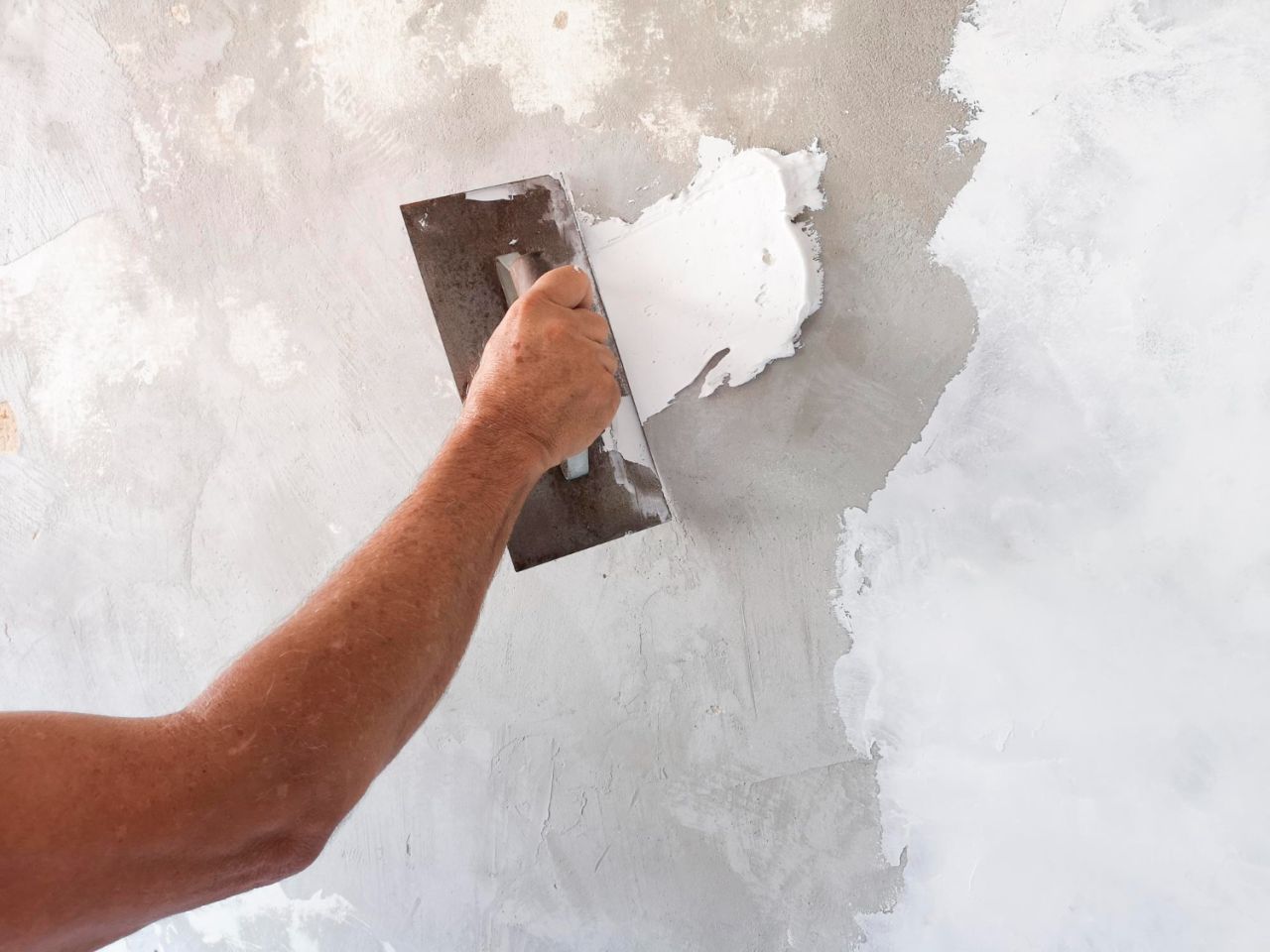
Market Distinguishing Factors
Plastered ceilings are a selling point in today's real estate market. Plastering the ceiling is a great method to set the home apart and make it stand out to potential buyers. It becomes something that buyers can't find anywhere else, which increases the property's appeal.
Increases Perceived Value
A properly plastered ceiling has a significant aesthetic influence, increasing the property's perceived worth. Buyers are often impressed by a property's polished ceiling and assume that the quality and care taken in all areas of the home are similarly high. Buyers may view a home with a plastered ceiling more favourably and be willing to pay a greater price.
Increases The Number Of Buyers
Several potential buyers with varying aesthetic preferences can be satisfied by plastering the ceiling. A well-done ceiling can be used with many decors without looking out of place. More potential purchasers will be interested in purchasing the house if it has these adaptable features.
Investing For The Long Term
Plastering the ceiling is an investment that pays dividends for years to come rather than a quick fix. Plaster ceilings are long-lasting and retain their aesthetic appeal throughout the years, increasing the resale value of a home.
Plastering the ceiling is a worthwhile expenditure that greatly enhances a home's resale value. In addition to increasing the property's perceived value, a well-plastered ceiling would boost its attractiveness to a wider range of buyers by improving its visual appeal and interior design.
Ceiling plastering is an intelligent and practical approach for homeowners to increase the value of their property, whether they plan to sell soon or not.
Conclusion
Plastering a ceiling is an important part of interior design because it makes the room look nice, keeps the structure stable, and makes it last for a long time. It is a great way to cover up mistakes and make a room look finished. Plastering gives a room a clean, nice look that makes it feel more open and clean. It also keeps the ceiling from getting cracks, water damage, and other signs of wear and tear. This makes the ceiling last longer. Plastered ceilings also insulate better, which means you can set the temperature more precisely and use less energy.
In modern interior planning and building, putting up a good ceiling is a good investment. It makes a place look better, improves its interior design, and makes it last longer and be safer. It also keeps out water and mould, improves thermal and acoustic protection, and saves money in the long run. Plaster ceilings can increase the worth of a home, make it easier to sell, and make it healthier to live in because they are easy to clean and maintain. Plaster ceilings are also good for the environment because they are made from materials that come from green resources. Overall, a fully plastered ceiling is an investment in your health and the environment, making it a valuable and useful addition to any home.
A well-plastered ceiling has many benefits, such as a smooth, seamless finish, design flexibility, compatibility with different types of decor, natural light reflection, a sense of height, elegance and luxury, and easy upkeep. A well-plastered ceiling looks nice and is also useful because it is easy to clean and keep up. Plaster acts as a barrier, distributing loads and stresses evenly across the ceiling to avoid cracks and damage. It also stops cracks from getting bigger and acts as a cushion against bumps. Plaster can't let water through, so water sources can't damage the structure. Plaster is a good material for fireproofing ceilings and structures because it naturally resists fire. This lets people get out of the building easily.
A well-plastered ceiling gives a room a clean and polished look, allows for design freedom, reflects natural light, gives the impression of height, is elegant and luxurious, lasts a long time, and keeps things safe. It is an important part of the decor because it gives protection and support and makes a building safer.
Plaster ceilings have many benefits, such as blocking UV rays, reducing noise, and protecting the environment. They give the place an air of luxury and sophistication, improve the interior design, and make potential buyers feel great. In the real estate market of today, plaster ceilings are a selling point, which makes them special and appealing to potential buyers. They make the property seem more valuable because buyers are pleased by a polished ceiling and think that the same care and quality went into all parts of the house. Plaster ceilings look good with many different kinds of decor, which makes them more appealing to a wider range of buyers. Plastering the ceiling is also an investment that pays off for years to come because it is durable and keeps its good looks. Overall, plastering ceilings is a smart and sensible way for homeowners to increase the value of their homes, whether they plan to sell soon or not.
Content Summary
- Plastering a ceiling has been a traditional practice for centuries, offering aesthetic and practical benefits.
- Plastering hides flaws and gives a polished finish to a room.
- A plastered ceiling creates a neat and visually pleasing appearance.
- The smooth surface of plastered ceilings enhances the sense of space and cleanliness.
- Plastering safeguards ceilings against cracks, water damage, and wear, prolonging their lifespan.
- Plastered ceilings offer improved insulation and energy efficiency.
- This essay delves into the enduring advantages of ceiling plastering in modern design.
- Ceilings are crucial for both aesthetics and structural stability.
- Plastering adds sophistication and practicality to building interiors.
- A well-plastered ceiling is a worthy investment for remodelling or new construction.
- Smooth plastered ceilings exhibit uniformity and elegance.
- Plastering opens creative avenues for interior design.
- Improved durability is a significant benefit of plastered ceilings.
- Plastered ceilings resist moisture and mould growth.
- Enhanced thermal and acoustic insulation contribute to comfort.
- Plastering minimises long-term costs by lasting for years.
- Property value increases with a well-plastered ceiling.
- Health benefits include easier maintenance and allergen reduction.
- Plastering can be an environmentally friendly choice.
- The advantages of plastered ceilings extend beyond aesthetics.
- Proper plastering enhances interior comfort and durability.
- Plastering supports various design schemes, from minimalistic to elaborate.
- Plastered ceilings complement diverse interior themes.
- Natural light reflection is boosted by plastered surfaces.
- Plastering creates an illusion of greater height in rooms.
- Properly plastered ceilings exude elegance and luxury.
- Maintenance of plastered ceilings is simple and efficient.
- Ceilings play a crucial role in interior aesthetics.
- A polished and seamless finish enhances the room's charm.
- Plastering enables design adaptability and personalisation.
- Plastered ceilings reflect natural light, reducing the need for artificial lighting.
- Plastering can make small rooms appear more spacious.
- Properly plastered ceilings add a touch of sophistication.
- Easy maintenance contributes to the functionality of plastered ceilings.
- Ceiling plastering promotes an overall pleasing appearance.
- Smooth finishes and adaptability highlight the importance of plastering.
- Plastered ceilings enhance the perception of quality and craftsmanship.
- Plastering sets homes apart in the real estate market.
- The perceived value of a property increases with a plastered ceiling.
- Plastering attracts a wider range of potential buyers.
- Plastering is a long-term investment with lasting benefits.
- Well-plastered ceilings increase a home's resale value.
- Plastering enhances interior design and visual appeal.
- Ceiling plastering adds value to properties in the long run.
- A properly plastered ceiling enhances a room's refinement.
- Plastering aids in creating a polished and harmonious interior.
- Aesthetically pleasing plastered ceilings contribute to a home's attractiveness.
- Plastering offers protection, durability, and style to ceilings.
- Plastering is a wise investment for homeowners looking to enhance their property's value.
- Plastering contributes to a property's appeal and overall marketability.
Frequently Asked Questions
While some individuals might attempt DIY plastering, it is generally recommended to hire professionals for a high-quality finish and to avoid potential issues.
Common types of plaster used for ceilings include lime plaster, gypsum plaster, and cement plaster.
Yes, the dense nature of plaster contributes to soundproofing, reducing noise transmission between rooms.
It is advisable to conduct regular inspections at least once a year to identify and address any minor damages promptly.
Yes, plastering provides thermal insulation, which can help regulate indoor temperatures and potentially reduce energy consumption.
